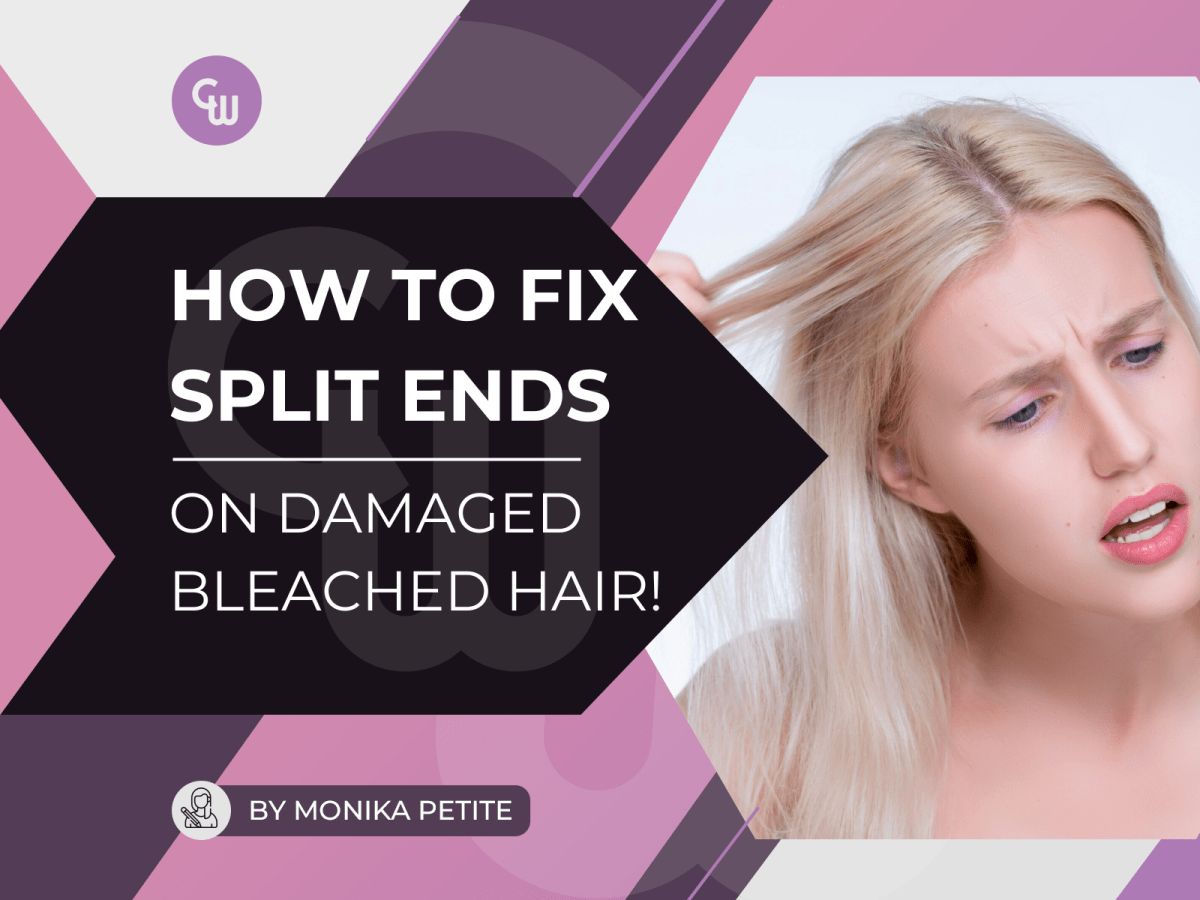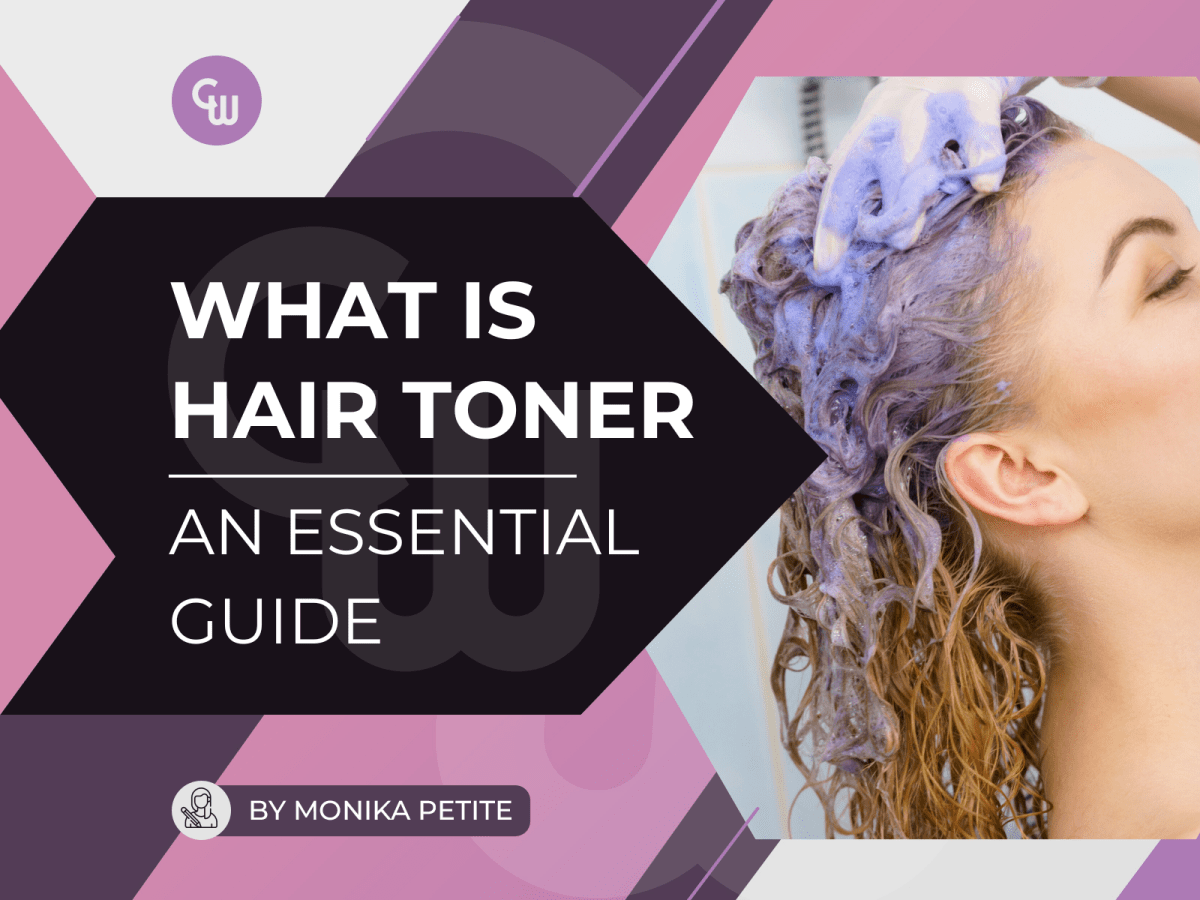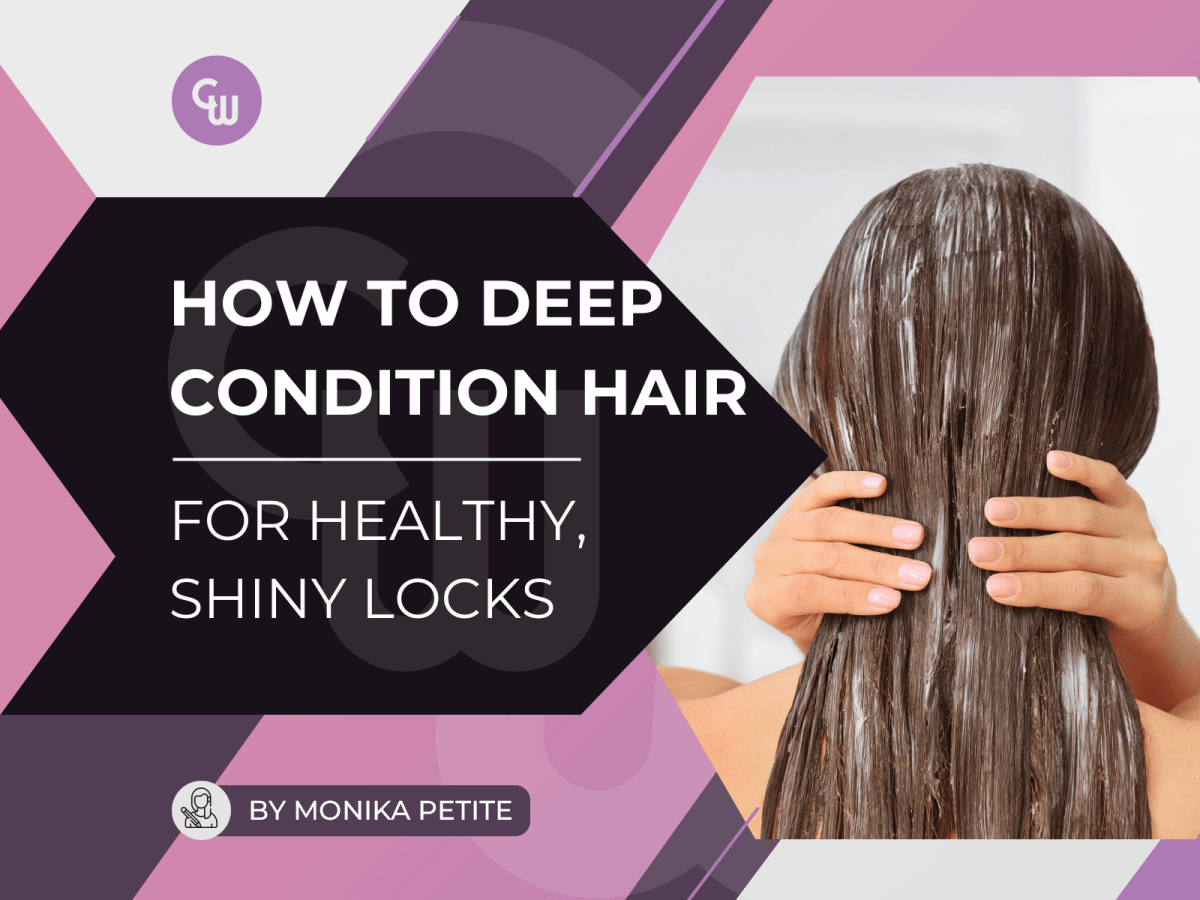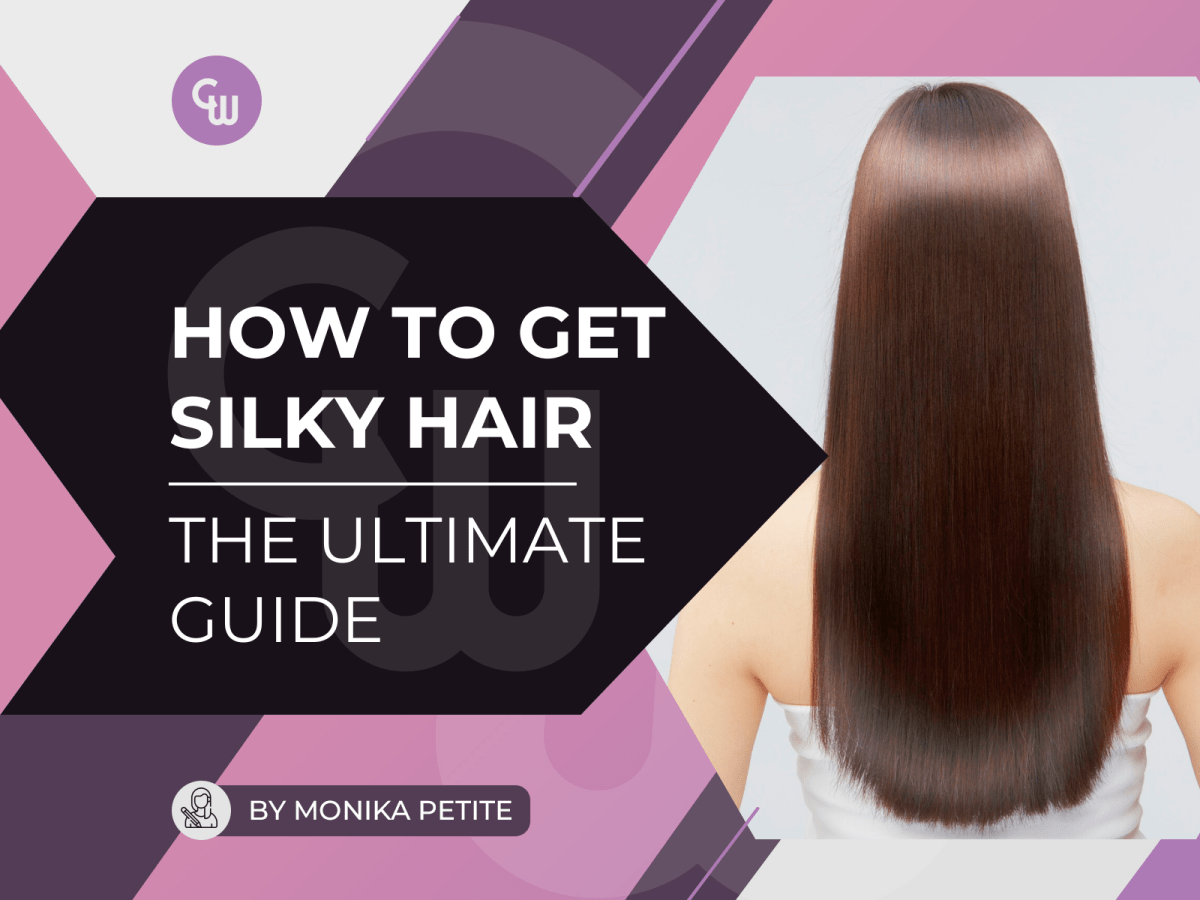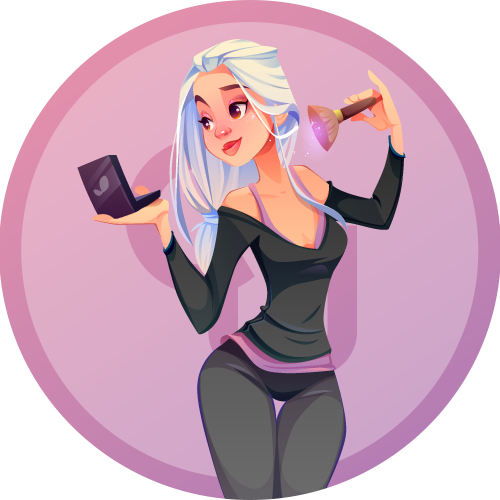Dans cet article :
- Comprendre le décoloration et les pointes fourchues
- Comment réparer les cheveux abîmés par la décoloration
- Prévenir les dommages capillaires à long terme
- Produits capillaires professionnels qui font la différence
- Mythes courants sur les pointes fourchues
- Résumé
- Questions Fréquemment Posées
- À quelle fréquence devrais-je couper mes cheveux décolorés pour éviter les fourches ?
- Quels ingrédients devrais-je rechercher dans les shampoings et après-shampoings pour cheveux décolorés ?
- À quelle fréquence devrais-je utiliser des traitements de conditionnement profond sur des cheveux décolorés ?
- Y a-t-il des huiles spécifiques qui sont bonnes pour les cheveux décolorés ?
- Comment puis-je protéger mes cheveux décolorés des rayons UV ?
Comprendre le décoloration et les pointes fourchues

Les fourches—également connues sous le nom de trichoptilosis si vous avez envie d'un terme sophistiqué—sont ce qui se produit lorsque la couche externe de vos cheveux (la cuticule) subit des dommages significatifs et commence à se décoller. Lorsque cela se produit, le noyau interne (le cortex) est laissé exposé, et vos cheveux commencent à s'effilocher aux extrémités, un peu comme une vieille corde qui se défait.
Le décoloration est essentiellement un processus chimique puissant conçu pour strip vos cheveux de leur pigment naturel, et le décolorant pour cheveux ouvre la cuticule des cheveux, un peu comme soulever des bardeaux sur un toit. Une fois que cette couche protectrice est ouverte, l'humidité s'échappe, et vos cheveux commencent à se dessécher et à s'affaiblir. Le résultat ? Des mèches cassantes qui sont beaucoup plus susceptibles de se fendre aux extrémités. 💔
Différents types de fourches
-
La Fissure de Base – C'est la plus courante. Imaginez votre mèche de cheveux se divisant proprement en deux, comme une fourche sur la route. La fissure se produit le long de la tige du cheveu, qui est le corps principal de la mèche de cheveux.
-
La Fente de l'Arbre – Ce type ressemble à de petites branches qui poussent d'une tige principale. C'est plus sérieux qu'une fente basique et signale généralement des dommages étendus. 🌿
-
Le Nœud – Un peu plus difficile à repérer ! Cela se produit principalement avec les cheveux bouclés ou crépus, où la mèche s'enroule littéralement sur elle-même pour former un petit nœud et se casse.
Signes Communs de Fourches

Frisottis et Enchevêtrements – Si vos cheveux s'emmêlent constamment ou semblent particulièrement frisottés, c'est un grand signal d'alarme. Les pointes fourchues ajoutent une texture rugueuse, ce qui rend plus difficile le fait que vos mèches restent lisses.🔗
Apparence Terne – Des cheveux sains brillent car ils reflètent la lumière. Les pointes fourchues, en revanche, peuvent rendre vos cheveux flous et ternes en raison d'une surface capillaire rugueuse.✨
Cheveux Bloqués à la Même Longueur – Avez-vous l'impression que vos cheveux ne poussent pas au-delà d'un certain point ? Ils pourraient se casser aux extrémités aussi vite qu'ils poussent.⏳
Comment réparer les cheveux abîmés par la décoloration

-
Faites-vous couper les cheveux (Oui, vraiment) ✂️
Voici la vérité : vous ne pouvez pas réparer les pointes fourchues sans les couper. Une fois qu'un brin se divise, c'est pratiquement fini. Plus vous attendez, pire c'est. Donc, des coups de ciseaux fréquents sont essentiels pour garder les choses sous contrôle, surtout pour les cheveux fragiles qui sont sujets à la casse ! Visez un coup de ciseaux tous les 6 à 8 semaines. Un petit micro-coup tous les quelques mois est indispensable pour garder les dommages sous contrôle sans sacrifier la longueur.
-
Conditionnement Profond Comme un Pro 🧴
Prenez des masques capillaires avec de la kératine, de l'huile d'argan, du beurre de karité et du panthénol. Ces puissances aident à reconstruire la structure protéique de vos cheveux et hydratent en profondeur ces mèches assoiffées. Le soin profond est l'un des traitements capillaires les plus efficaces pour restaurer l'humidité et la force des cheveux abîmés par la décoloration.
Pour faire un masque capillaire DIY pour les pointes fourchues, mélangez 1 avocat mûr🥑, 1 cuillère à soupe de miel🍯 et 1 cuillère à soupe d'huile de coco 🥥. Appliquez du milieu de la tige jusqu'aux pointes, laissez agir pendant environ 30 minutes, puis rincez à l'eau tiède. C'est 100 % naturel et super nourrissant !
-
Utilisez un après-shampooing sans rinçage quotidiennement 💧
Les après-shampoings sans rinçage sont comme un multivitamine quotidien pour vos cheveux, scellant les cuticules ouvertes et maintenant vos cheveux hydratés tout au long de la journée. Ils aident à démêler les cheveux, facilitant leur gestion et réduisant le risque de casse des cheveux. Pour l'appliquer correctement, utilisez juste une quantité de la taille d'une pièce de dix cents, en commençant par les pointes, et évitez les racines à moins que le produit ne soit marqué "sans danger pour les racines."
-
Évitez les outils de coiffage chauffants 🔥
Les fers à friser, les fers à lisser et les sèche-cheveux peuvent endommager davantage les cheveux, surtout s'ils ont déjà été affaiblis par la décoloration. Toujours appliquer un protecteur de chaleur avant d'utiliser des outils chauds pour minimiser le risque. Au lieu de cela, envisagez des options de coiffage plus sûres comme des boucles sans chaleur, des tresses, des chignons ou même des boucles avec des chaussettes pendant la nuit. Ces alternatives protègent non seulement vos cheveux des dommages causés par la chaleur.
-
Passez à un shampooing sans sulfate 🧴
Les sulfates sont agressifs et éliminent l'intégrité et les huiles naturelles de vos cheveux, ce qui peut rendre vos cheveux déjà secs encore plus fragiles. Lorsque vous choisissez un shampooing, optez pour un shampooing sans sulfate, sûr pour la couleur, ou des formules spécifiquement conçues pour les cheveux abîmés. Ces types de shampooings sont beaucoup plus doux pour vos cheveux. Points bonus si le shampooing contient des huiles ou des protéines bénéfiques pour les cheveux, car elles peuvent aider à nourrir et renforcer vos mèches, les rendant plus résistantes aux dommages futurs.
Prévenir les dommages capillaires à long terme

Coiffures Protectrices – Des styles comme les chignons, les tresses ou les torsades sont excellents car ils réduisent la friction et protègent les cheveux des dommages environnementaux. 🌀 Ces styles sont particulièrement importants pour les cheveux décolorés, qui sont plus sujets à la casse et à d'autres dommages.
Soins nocturnes – Remplacez votre taie d'oreiller en coton par de la soie ou du satin. Le coton peut causer des frottements, ce qui peut endommager les cheveux au fil du temps. 🌙
Régime et Santé des Cheveux – Des cheveux sains commencent de l'intérieur ! Concentrez-vous sur les aliments riches en biotine, oméga-3, fer et vitamines A et E. Pensez aux œufs, au saumon, aux épinards et aux noix pour un coup de pouce capillaire. 🥚🥑🥜 Maintenir un régime équilibré est crucial tant pour les cheveux naturels que pour les cheveux décolorés ou abîmés, car cela fournit les nutriments nécessaires pour des mèches fortes et résistantes.
Produits capillaires professionnels qui font la différence

Traitement à la kératine: Cela concerne la reconstruction de la structure protéique de vos cheveux, lissage de la cuticule, et ajout d'un éclat sérieux ! Ces traitements riches en protéines lissent la cuticule des cheveux, ce qui aide à réduire les frisottis et ajouter de l'éclat naturel. N'oubliez pas de choisir une option sans formaldéhyde pour rester en sécurité.
Olaplex & Systèmes de Réparation des Liens: Ces traitements agissent à un niveau moléculaire pour réparer les liaisons disulfure cassées dans les cheveux décolorés. Ces traitements sont spécifiquement formulés et conçus pour réparer les cheveux abîmés par la décoloration en réparant les liaisons disulfure cassées. 💪
Mythes courants sur les pointes fourchues
“Vous pouvez recoller les pointes fourchues” : Malheureusement, c'est un non catégorique. Bien que certains produits puissent temporairement lier les pointes et réduire les frisottis, ce n'est pas une solution permanente. Seules des ciseaux peuvent vraiment éliminer les pointes fourchues. ✂️
“Les huiles réparent les pointes abîmées” : Les huiles sont excellentes pour hydrater, mais elles ne guérissent pas réellement les cheveux abîmés. Pensez à elles comme à un pansement : elles rendent vos cheveux plus beaux et plus doux, mais elles ne répareront pas les fourches pour de bon. 💧 Bien que les huiles puissent aider à hydrater et protéger, elles ne réparent pas les cheveux abîmés ; seuls des traitements appropriés et des coupes peuvent le faire.
Résumé
Pour maintenir des cheveux sains et forts, faites des coupes régulières, utilisez des produits capillaires doux et faites des soins en profondeur régulièrement. Protégez vos cheveux des outils chauffants, ajoutez des huiles naturelles et soyez doux avec les cheveux mouillés. En suivant ces étapes et en utilisant les bons produits, vous pouvez réparer les cheveux abîmés par la décoloration et profiter de cheveux brillants et sains. Ne laissez pas les pointes fourchues vous arrêter—commencez aujourd'hui et transformez vos cheveux abîmés et décolorés !
Questions Fréquemment Posées
À quelle fréquence devrais-je couper mes cheveux décolorés pour éviter les fourches ?
Si vous voulez garder vos cheveux décolorés abîmés en bonne santé et éviter les pointes fourchues, essayez de les couper tous les 6 à 8 semaines. Des coupes régulières aident à empêcher les dommages de se propager aux nouveaux cheveux et à garder vos cheveux frais et vibrants !
Quels ingrédients devrais-je rechercher dans les shampoings et après-shampoings pour cheveux décolorés ?
Recherchez des ingrédients hydratants comme l'aloe vera et la glycérine pour retenir l'humidité. Évitez également les produits à base de sulfate, car ils peuvent dépouiller vos cheveux de leurs huiles essentielles. De cette façon, vos cheveux décolorés restent doux, brillants et en bonne santé !
À quelle fréquence devrais-je utiliser des traitements de conditionnement profond sur des cheveux décolorés ?
Essayez d'utiliser un traitement hydratant en profondeur une fois par semaine. Si vos cheveux se sentent particulièrement secs ou abîmés, vous pouvez le faire 2 à 3 fois par semaine. Croyez-moi, vos cheveux vous remercieront pour les soins supplémentaires !
Y a-t-il des huiles spécifiques qui sont bonnes pour les cheveux décolorés ?
Oui, des huiles comme la noix de coco, l'olive, l'avocat et le pépin de raisin sont parfaites pour nourrir la structure des cheveux et protéger les cheveux décolorés. Ces huiles aident à garder vos cheveux hydratés, doux et sains !
Comment puis-je protéger mes cheveux décolorés des rayons UV ?
Pour protéger vos cheveux décolorés des rayons UV, assurez-vous de porter un chapeau et d'utiliser des produits de protection UV. Vous pouvez également appliquer des huiles naturelles comme l'huile de coco ou l'huile d'amande douce pour une couche supplémentaire de protection contre la chaleur.


